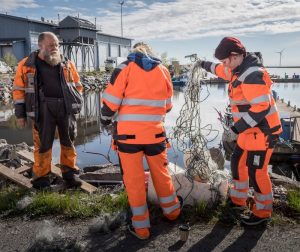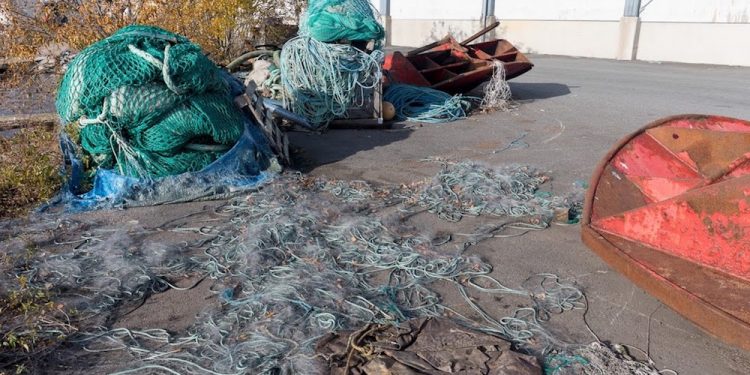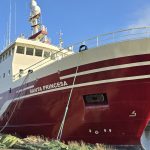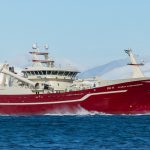Harmful to animals and constituting a part of the problem of the marine plastic, the extent of ghost nets in the Bothnian Sea is being investigated by the Finnish Environment Institute (SYKE) and the Finnish Fishermen’s Association (SAKL).
No assessment of the location, amount or effects of ghost nets has been made before in Finland. This year, SYKE and the Finnish Fishermen’s Association (SAKL) have started a project to determine the amount and location of ghost nets.
The study is being carried out in the Bothnian Sea, which has an active commercial fishing sector.
‘There is no information available about the location or amount of ghost nets in our waters, and we cannot reliably estimate how much harm they are causing. Currently, no organised efforts have been made to collect ghost nets, and people are not informed about the issue,’ said SYKE’s Head of Unit Mika Raateoja.

The goal is to develop methods for collecting ghost nets suited to the conditions in Finnish territorial waters. The project is implemented in co-operation with professional fishermen, who are also currently collecting rubbish and ghost nets from the sea. More accurate information about the situation in the Bothnian Sea will be available in late summer, when the collection of ghost nets with a fishing vessel begins.
Based on initial results, commercial fishing does not currently seem to be a significant source of ghost nets in Finland.
‘Here in Finland, net fishing in the open sea areas has ended in practice, and in that sense, professional fishing does not produce ghost nets. In contrast, there is plenty of unused fishing gear found on land. For example, fishing gear that is worn out, does not comply with current regulations or otherwise unusable has accumulated in fishing harbours,’ said Kim Jordas, CEO of the Finnish Fishermen’s Association (SAKL).
Fishing gear mainly consists of various plastics and metals. As such, these are valuable material for recycling.
The Kapyysi project develops waste management and the collection of fishing gear. Waste management should be planned carefully and recycling should be organised so that the costs do not exceed the benefits.
‘The waste management of fishing gear should be organised so that plastics could be recycled as material, but if this isn’t possible, they should at least be used as energy. We are creating an action plan for coastal municipalities on how to collect fishing gear for the needs of the circular economy,’ Mika Raateoja said.
There is no information available about how many ghost nets can be found in inland waters, nor about how much recreational fishing contributes to the amount of nets. For example, people with holiday cottages have plenty of old nets in storage, and these should also be recycled.









